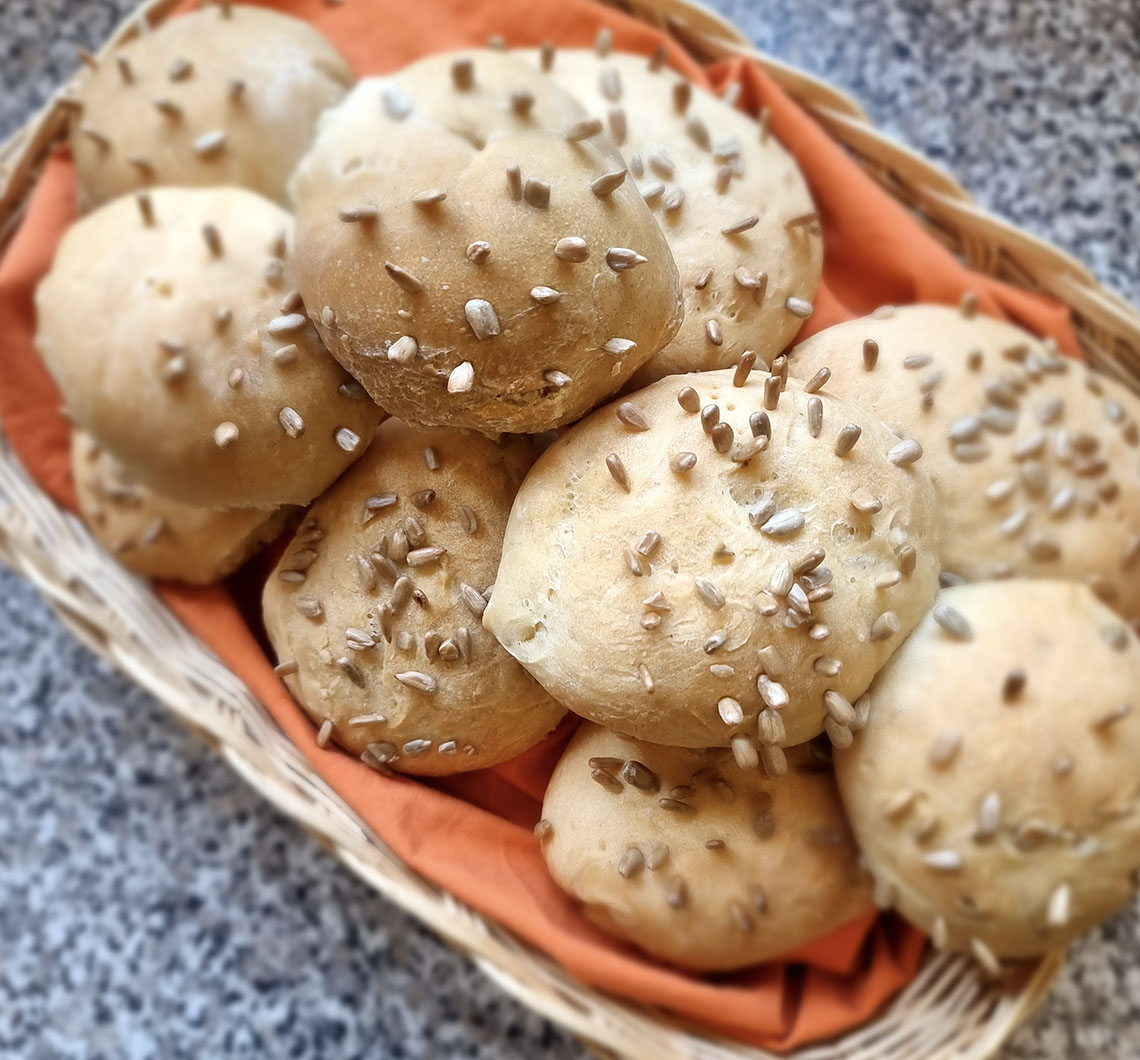- Encourages children to eat fruit and vegetables by teaching them about healthy eating through discussions, open ended questions, games and activities. Our trump card is that we grow vegetables (including carrots, potatoes, onions, strawberries, raspberries, tomatoes, sweet corn, herbs and flowers) in the spring and summer months which the children plant and nurture themselves, and in the autumn they help to clear the growing area and help to prepare the soil for autumn and spring planting. Our growing area is quite small but it provides invaluable learning opportunities which are incorporated in our Forest School curriculum.
- Makes mealtimes relaxed and comfortable – every day the children sit at the same table, with the same key person and the same children. Table mats with the child’s name and photo are placed on the tables every mealtime so that the children (even the youngest or less able) can find their place by recognising their photo and/or written name. This provides a familiar and enjoyable mealtime experience and supports the beginnings of independence and reading skills.
- Actively encourages key practitioners to sit and eat with their key children. This provides colleagues with opportunities to lead by example and to talk in positive ways about the healthy foods the children are eating.
- Encourages fussy eaters to try new foods by offering tiny portions in the first instance (in the hope that they won’t be daunted by large amounts and thus be more willing to try unfamiliar foods) and gradually increasing the portions; this usually provides an opportunity to praise the child for trying to eat a tiny portion and in our experience this approach generally works well (we have other strategies if it doesn’t).
- Encourages children to participate in our daily fruit basket activity which is part of our ‘Circle Time’ routine whereby they bring in a piece of fruit for our fruit basket (if they wish). The basis of the activity is to promote learning opportunities across the 7 areas of learning (as well as healthy eating) including
Personal and social Development – sharing fruit with their peers and taking turns to pass the fruit around;
Mathematics – counting and sorting by shape and colour; Literacy – introducing new vocabulary as the child learn the names of new fruits and describe the textures and tastes;
Understanding the World – the children learn about fruit from different cultures, where and how they are grown, how they are eaten.
Expressive Arts and Design – exploring new patterns and textures in the fruit.






 Parent Handbook (246 Kb)
Parent Handbook (246 Kb)  download
download Policies & Procedure
Policies & Procedure  Terms & Condition
Terms & Condition  Monthly Billing Chart (95 KB)
Monthly Billing Chart (95 KB) 


































